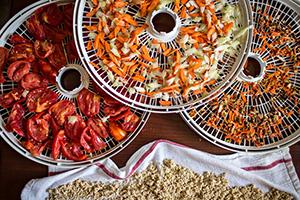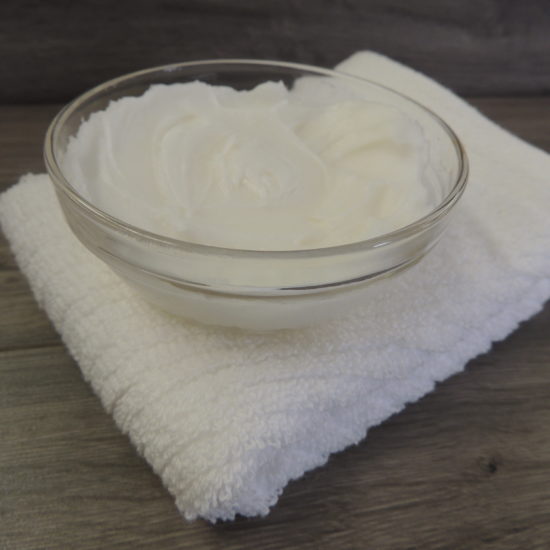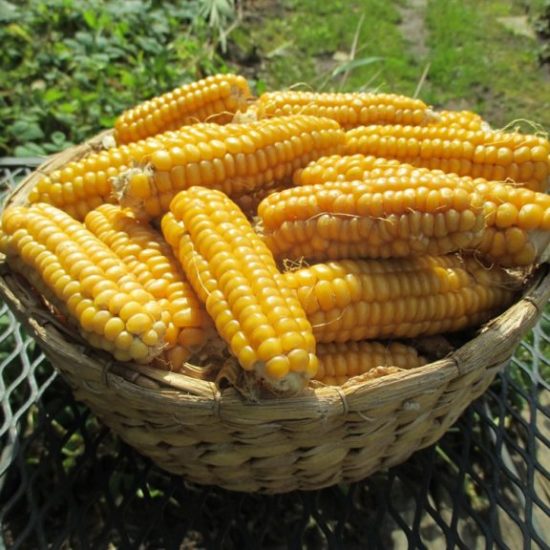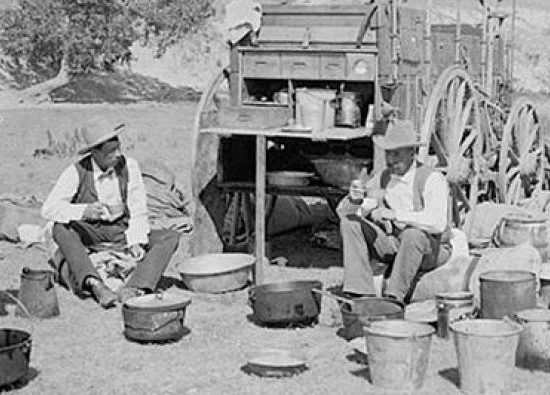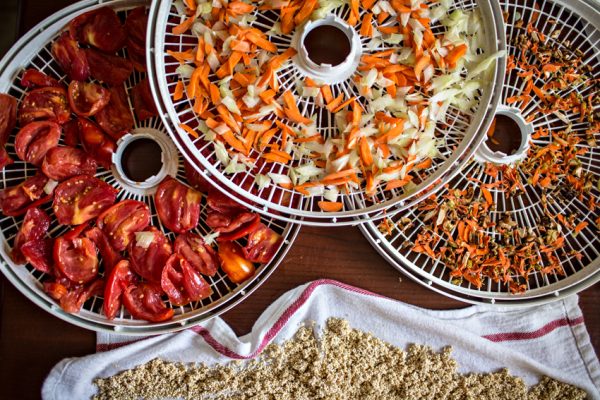
Our modern food system relies on trucks. It depends on transportation and on the ability to carry truck product loads into supermarkets and retailers. And, what if anything hinders those deliveries? How long does it take for the people around to live without the products coming in?
Among preppers, the common belief is that we are only 9 meals away from collapse. Three days of lunch and dinner breakfast will be putting the average citizen in a desperate situation. Beyond that, the stores would be picked clean by that time as well. The best way of avoiding this dangerous food source is to avoid depending too heavily on it.
The only way to achieve true freedom from food is by consuming more of your own food. This too, of course, poses problems. There is an increasing season when the food is ripe and delicious and then the opposite season. This is where dehydration comes in.
We are going to talk about 50 foods to dehydrate for your stockpile.
Fruits
Perhaps one of the best snacks you can get your hands on, dried fruit is the perfect thing to grab for when you are looking to avoid bad snacking habits.
- Apples
Few things dry as well as apples. Now, there are several ways that apples can be dried. If they are merely dehydrated they have a little chew to them but if they are freeze-dried some crunch returns to them
- Strawberries
These little morsels dry well, and they are great to rehydrate for topping sweet treats.
- Blackberries
If you combine those strawberries with some freeze-dried blackberries you will have a great snack that travels well and can be combined with granola.
- Paw Paw
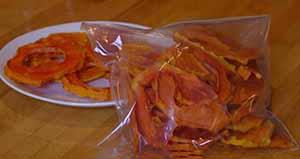
The paw paw is a tropical fruit that grows right here in the United States. They grow as far north as Virginia, and they are like a banana meets a mango. There are big seeds in the paw paw, but they can be halved and removed.
- Bananas
Probably one of the most notable dehydrated foods. Be careful if you purchase these bananas you assure they are not coated with a light sugar glaze. This helps with shelf life but adds unnecessary sugar.
- Pears
- Figs
Figs dehydrate well, and their unique flavor is intensified by the process.
- Plums
- Pineapple
Pineapple is another dehydrated food that can be coated with unnecessary sugar. Look for the best quality products you can or dehydrate them yourself.
- Papaya
- Grapes
Who could live without raisins? Drying grapes will create these shriveled little delicacies
- Fruit Leather
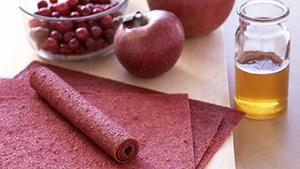
Puréeing and dehydration of the fruit on a saucepan can produce a dried leather of fruit that is delicious to bring and store. It will also save you Mylar containers, rather than having to pack whole fruits in them.
Vegetables
Dehydrated vegetables may not make as great a snack as dehydrated fruits, but they are still delicious.
- Green Bean
Though they can never be as delicious as a fresh bean off the vine these dehydrated beans add color and flavor to anything.
- Celery
- Onion
The dehydrated onion is one of the main ingredients in most recipes and is a perfect ingredient to have around. Diced, dehydrated onions are an essential commodity for many applications to store.
- Carrots
Despite their fresh shape, the carrots are a perfect little snack. They are also another base ingredient that forms the base of French vegetables called mire pox. It is a major convenience to get them dehydrated in the diced form.
- Broccoli
A versatile vegetable packed with calcium and sulphurophane, broccoli is a great addition to any good. This is a staple in most freezers at home so it would make sense to have some dehydrated too.
- Peas

- Asparagus
- Tomatoes
There are few things that are as tasty as a fresh tomato. Though dehydration does not offer the same taste, I assure you that it is better for you to dehydrate from your fresh garden tomatoes than any fresh tomato from the supermarket in the hothouse.
- Peppers
Peppers are one of those vegetables which aren’t well stored. They can be grilled and frozen or roasted and peeled. I assume sliced, dehydrated preppers are a perfect way to have them on hand all year round.
- Okra
Dehydrated okra is such an incredible snack. It also grows like crazy!
- Mushrooms
Dried mushrooms have been medicine for thousands of years. If you grow your own mushrooms one of the best ways to store them is dehydrating them.
Herbs
Herbs are both an essential flavor and medicinal thing to have around. The best thing about dried herbs is that they dry on a dry counter with only a little heat, or even. I like picking them up and hanging them upside down.
- Rosemary
One of the most effective and powerful herbs, rosemary dries well and as an added benefit it also smells great when you burn it. It’s a Cuban tradition to rid a room of evil spirits.
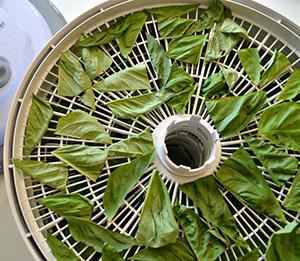
- Basil
One of the very best herbs to cook with, I cry a little each year when the first frost kills my basil plant.
- Lavender
Dried lavender is an incredibly relaxing herb. You can dry it and put it into teas or even soaps.
- Thyme
By far my favorite herb to cook with, thyme, is also a powerful anti-bacterial.
- Sage
- Lemon Balm
- Yarrow Root
Dried yarrow root, when powdered, is great for stopping bleeding.
- Chamomile
A great sleep aid and a powerful dried herb to add to tea.
- Rose Hips
Filled with vitamin C the dried rosehip can help boost your immune system.
Roots
The power derived from roots is amazing. To show how dehydrated roots can be of use, I chose some very strong roots.
- Ginger
Ginger is a powerful flavor for cooking. This is full of soothing properties, too. There is nothing better than ginger, dried cayenne, and honey tea when I am feeling under the weather.
- Turmeric
Nature’s anti-inflammatory, turmeric has been rediscovered as of late and people are using it to deal with that today. It’s a great root to dehydrate and even to powder.
- Dandelion
Most people don’t know the dandelion root can be roasted and ground to make a coffee-like beverage. It doesn’t have the caffeine but the taste is perfect.
- Echinacea
The powerhouse of the immune system, the echinacea root can be dried and used in tea during that cold and flu season.
Protein
You have got to have protein in your diet. Whether you are talking about a survival situation or day-to-day life. Here are three examples of proteins that dry and dehydrate well.
- Duck Breast
Salted and dehydrated duck breast turns into something like ham. It’s delicious.
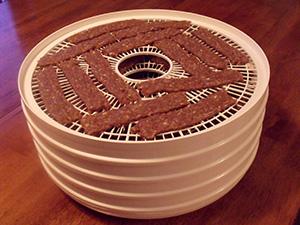
- Beef
Beef jerky.
- Fish
Smoked and dried fish has been helping mankind survive for thousands of years. With the technology of today, fish can be smoked and dehydrated to create something great to eat later. I like to use smoked and dehydrated fish in chowders in the winter.
Powders
By dehydrating foods, you have the ability to run them through a spice grinder and create powdered versions of these powerful ingredients. Powders are great for adding to foods, teas, and even taking medicines.
- Cayenne
A known anti-inflammatory this is a great powder for food and for dealing with things like sinus inflammation and even mild pain from inflammation.
- Onion
- Garlic
Garlic and onion powder are great additions to your culinary toolkit. They add great flavor to food and store well.
- Ginger
Powdered ginger is one of those all-purpose powders that you must have around. When I am feeling down I always add ginger to my tea, I add it to my pumpkin pie, and it’s also great to mix with other spices.
- Herb
Powdering herbs is another terrific way to add their essence to your food or to your overall health program. I like to make herb mixes in powder form. Herbs de Provence is a mix of lavender, thyme, savory, and rosemary. It’s a wonderful mix to add to tons of things.
Meal Makers
45. Homemade Pasta
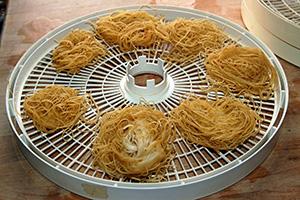
Have you ever made homemade pasta? It’s incredibly simple. It’s also delicious. You can dehydrate your homemade pasta to get more life out of it.
46. Cheese
47. Potatoes
Cooked and dried potatoes can slash the cooking time on these starchy staples.
48. Sauces
Powdering sauces give you the option to begin packing up your own meals on the go. This allows you to create flavorful camping meals that you can rehydrate out in the wilderness.
49. Rice
50. Beans
Rice and beans that have been cooked can be dehydrated to carry and reheat efficiently. If you use brown rice with your beans you will be tapping into some serious nutrition with just two ingredients.
Start Building Your Dehydrated Stockpile
Rather than investing in products that have been imported and processed in areas and facilities, you don’t know about, start developing your own stock of dehydrated products. You learn all about the food that your family is consuming by growing your own food, dehydrating it, and storing it.


